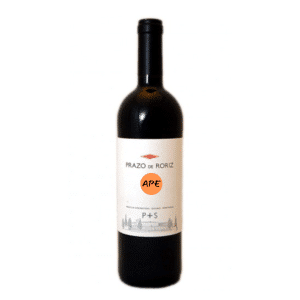-
Add to WishlistAdd to Wishlist
-
Add to WishlistAdd to Wishlist
-
Add to WishlistAdd to Wishlist
-
Add to WishlistAdd to Wishlist
-
Add to WishlistAdd to Wishlist
-
Add to WishlistAdd to Wishlist
-
Add to WishlistAdd to Wishlist
-
Add to WishlistAdd to Wishlist
-
Add to WishlistAdd to Wishlist
-
Add to WishlistAdd to Wishlist
-
Add to WishlistAdd to Wishlist
-
Add to WishlistAdd to Wishlist
-
Add to WishlistAdd to Wishlist
-
Add to WishlistAdd to Wishlist
-
Add to WishlistAdd to Wishlist
-
Add to WishlistAdd to Wishlist
-
Add to WishlistAdd to Wishlist
Portugal: Reflections
The isolation of Portugal, compressed by Spain at the Atlantic margin of Europe, has given the country an advantage that not even the shrewdest marketer could have imagined. While all countries were planting French varieties, Portugal remained faithful to its own indigenous grape varieties, which then proved to possess such qualities that they were able to establish themselves worldwide. The Touriga Nacional for example is the quintessential red grape variety, native of the Dao and Douro (protagonist in table wines as well as Port), has expanded throughout the country. Very similar, and this is evident from the name, the Touriga Francaalso starring Port and still wines. And again, the Trincadeiraalso known as Tinta Amarela, denotes much richness or the JaenMencia gallego, exceptional for red and young wines, as well as Vinhao. And it doesn't end there, in fact Tempranillo in Portugal is known as Tinta Roriz or Aragones. Moving on, we point out how in the Bairrada the Baga produces wines that are more long-lived and characteristic, while the Alfrocheiro is more balanced and harmonious.
However, it is indisputable that the real success of Portuguese wine lies in the production of Vinho Verde, in the Minho area, close to Galicia, whose quality has improved tremendously. Vinho verde can also be red, but it is good to dwell on the white one, obtained from Arinto, Azal, Loureiro. Bical, originally from Dao, on the other hand, shows great potential for full-bodied, long-lived Burgundy-style white wines.
In the torrid Douro, the first officially recognised wine region in the world, in 1756, instead, great white wines are exploding from Viosinho, Rabigato, Codega de Larinho and especially Gouveio, the Godello.
And don't forget Madeira.
In short, Portugal has been able to break free from the common imagination that saw it as a mere producer of fortified wine, and is stabilising within the elite of world producers. And this is also thanks to the multitude of climates and soils. at its disposal. Mediterranean, oceanic and even continental influences, interacting with incredible soils of granite and slate, and schist in the North and partially in the South, and clay, limestone and sand in the coastal areas.
Portugal's total production is around 6 million hectolitres per year, from around 200,000 hectares of vineyards, with an export value close to one billion induced.















